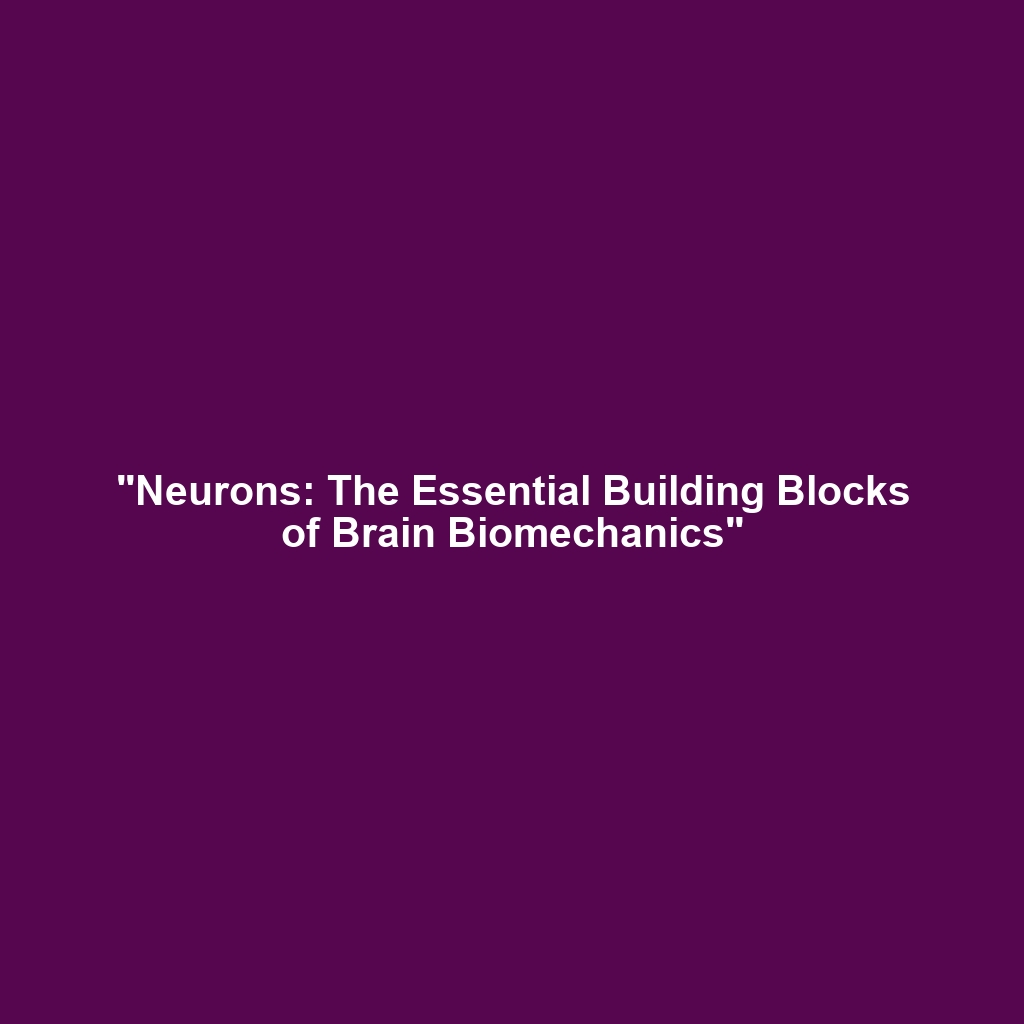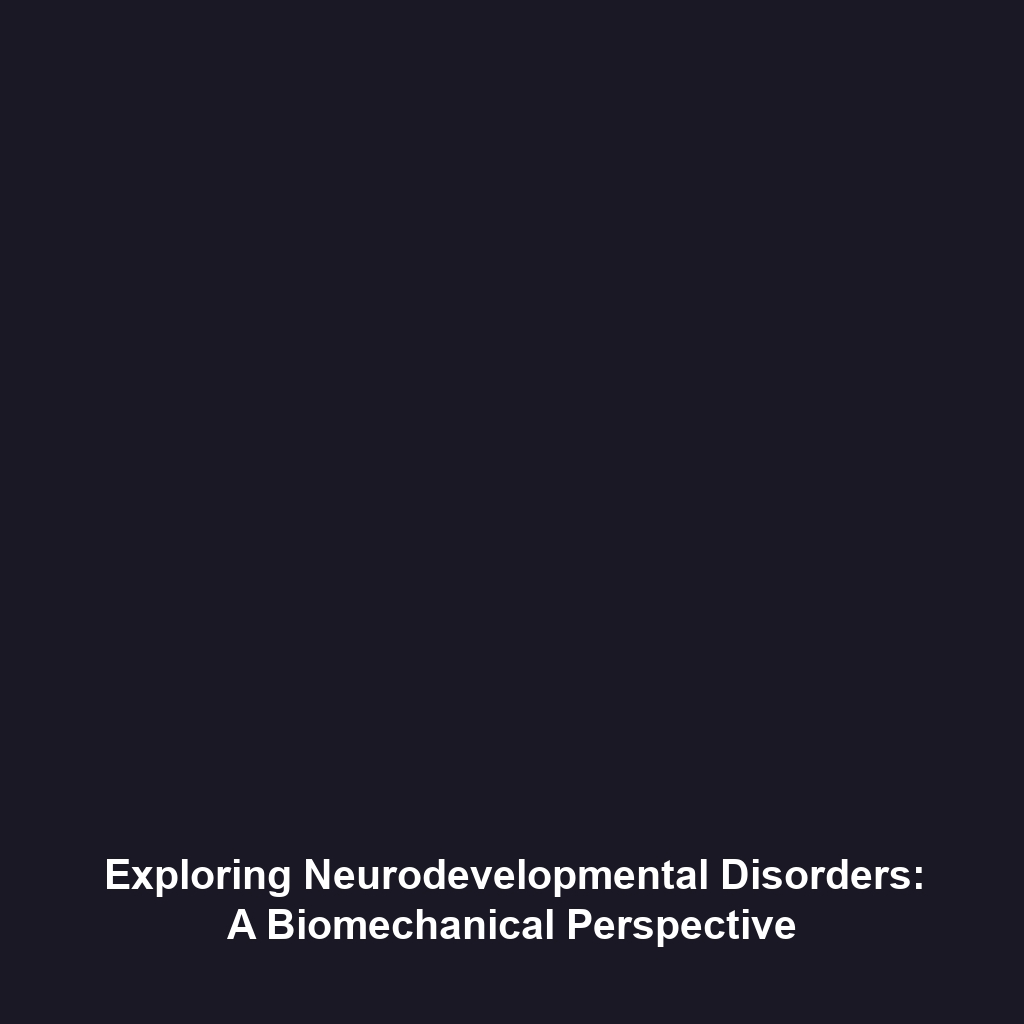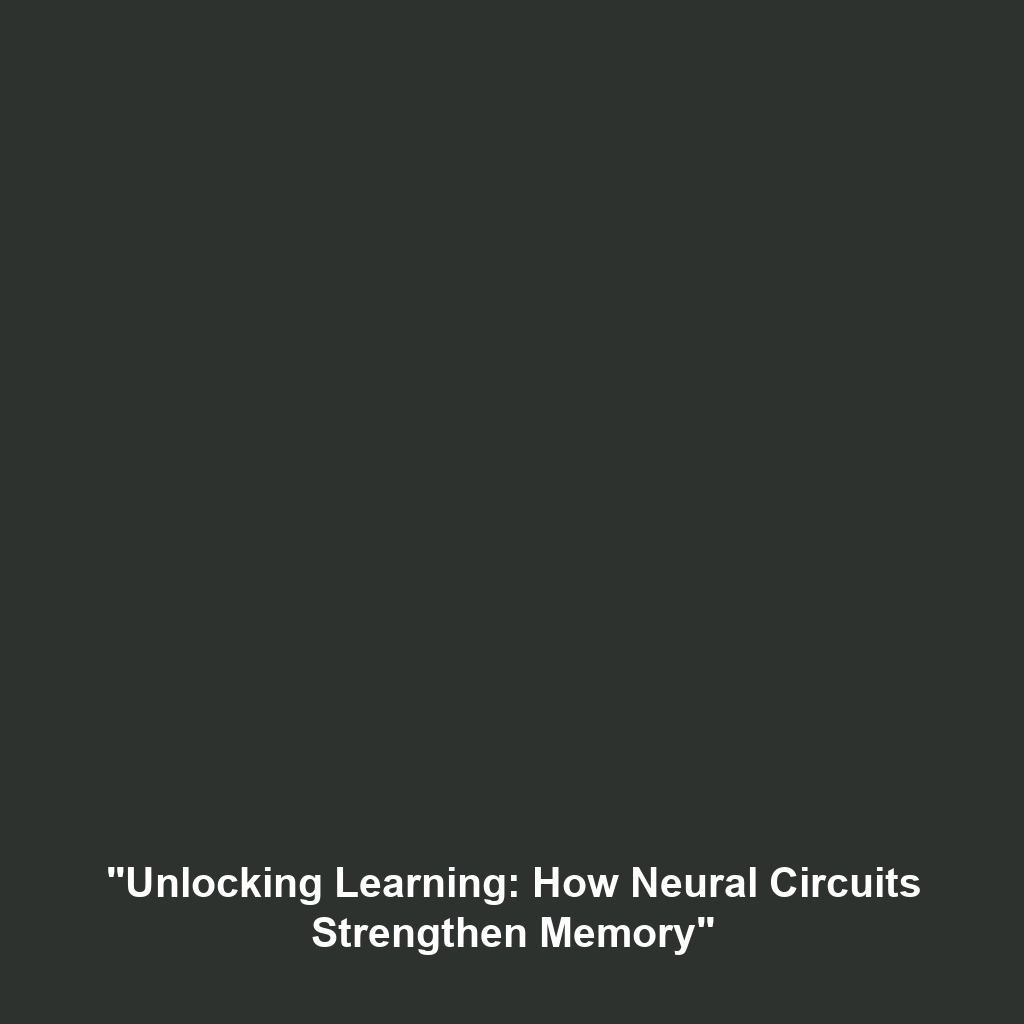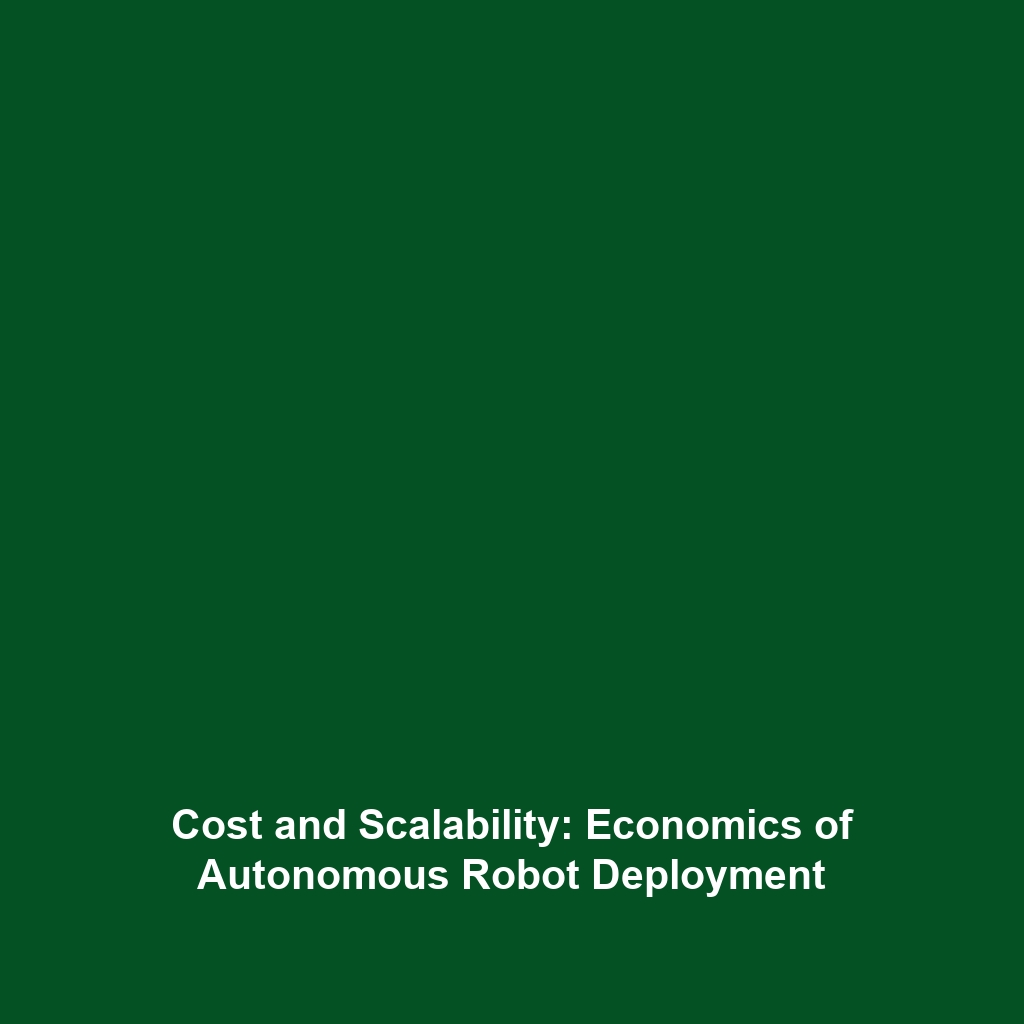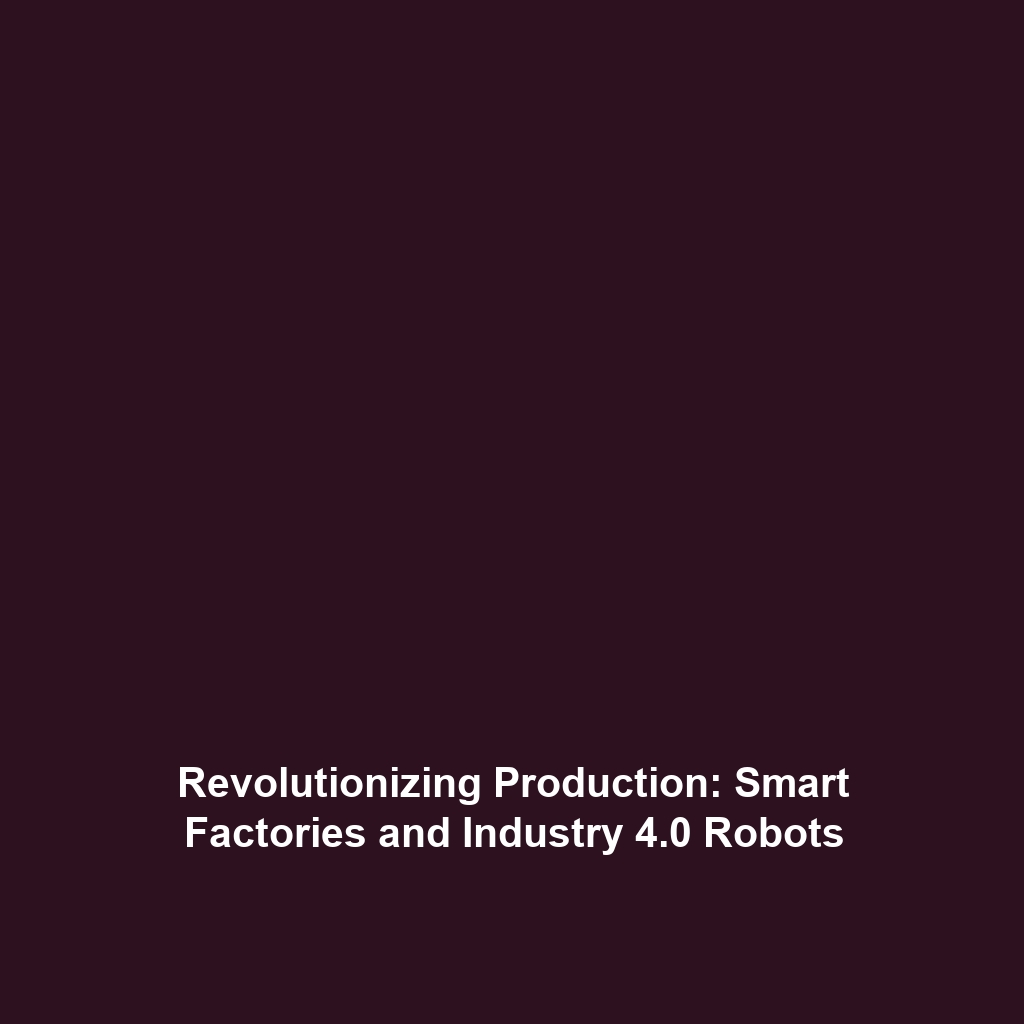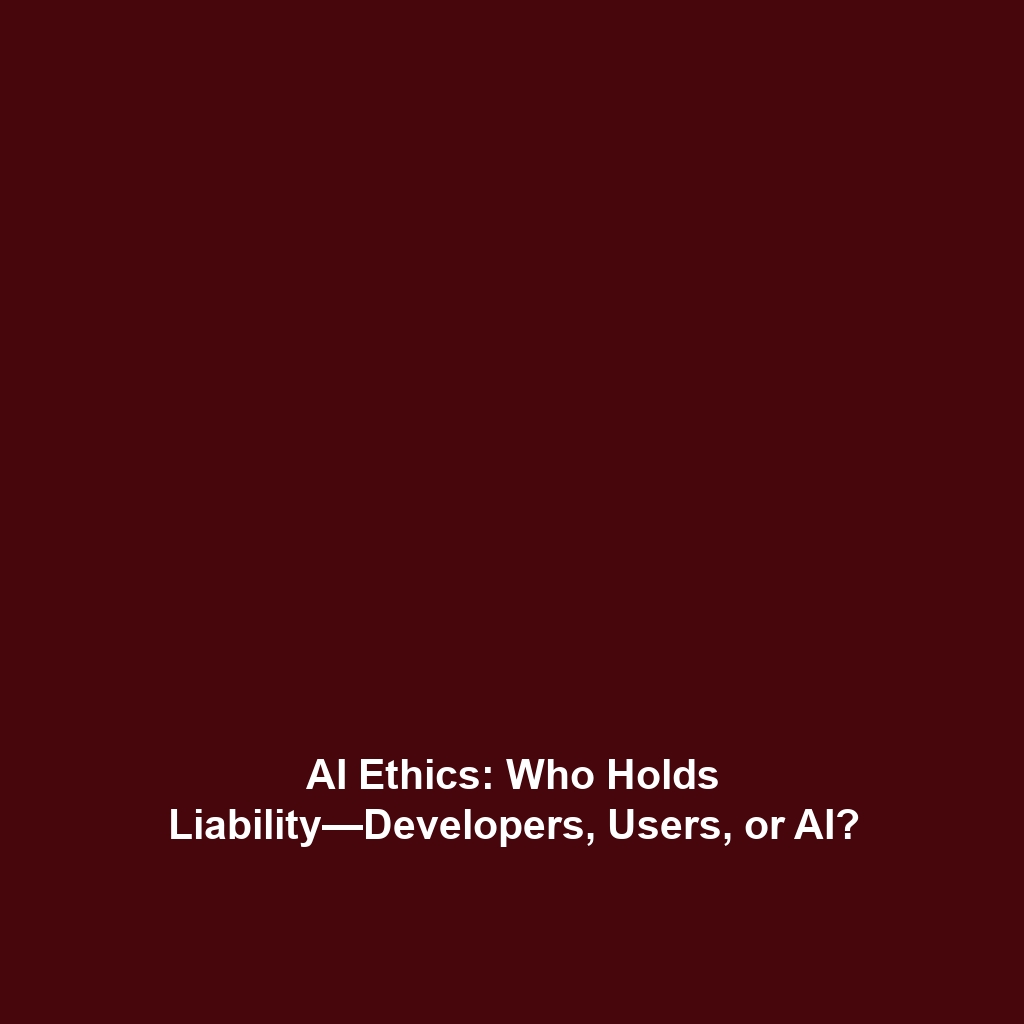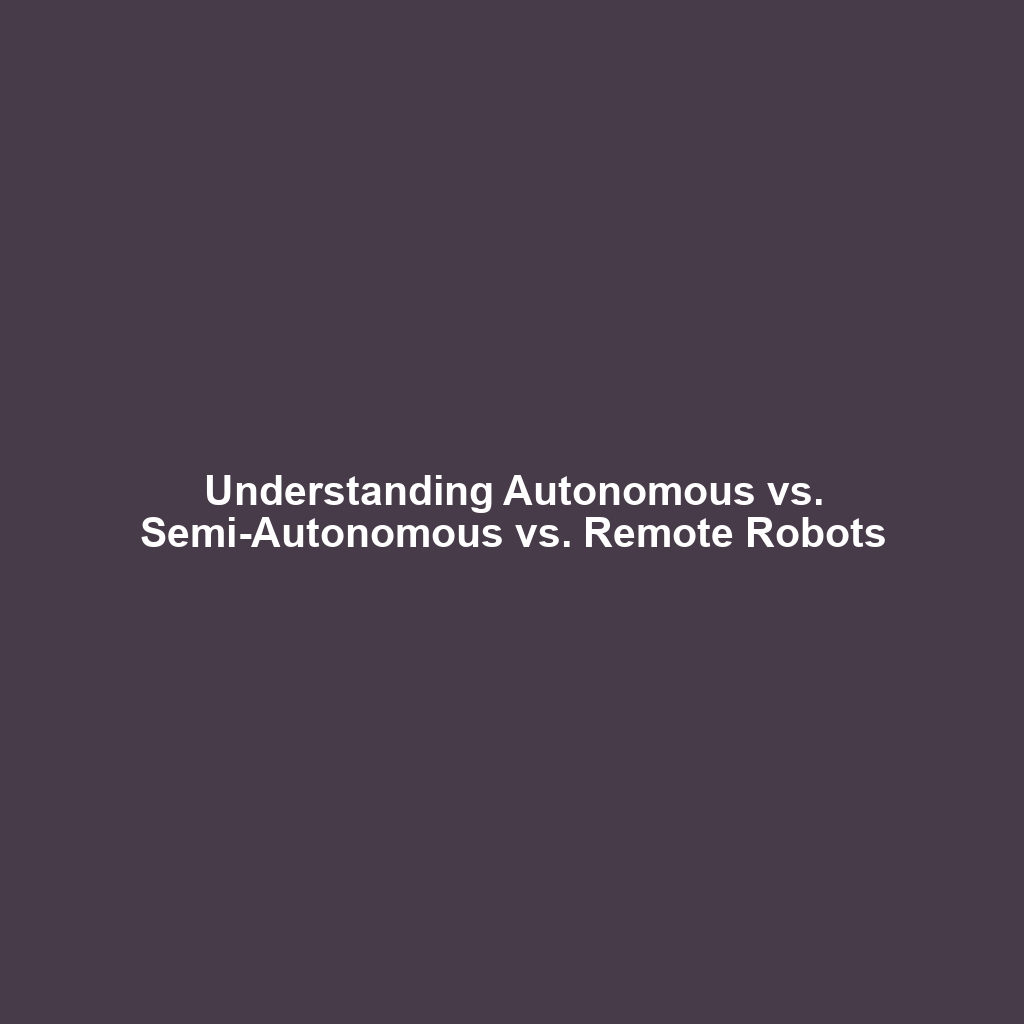The Role of Artificial Intelligence in Black Hole Simulations
Introduction
The integration of artificial intelligence (AI) into black hole simulations represents a groundbreaking advancement in astrophysics. As researchers strive to unlock the mysteries surrounding black holes, AI serves as a powerful tool that enhances our understanding and predictive capabilities. By leveraging machine learning and data analytics, scientists can create more accurate models of black hole behavior, which play a crucial role in expanding our knowledge of the universe. This article delves into the significance of AI in black hole simulations, emphasizing its applications, challenges, and future potential.
Key Concepts
Understanding Black Holes
Black holes are regions in space where the gravitational pull is so strong that nothing, not even light, can escape. They are typically classified into three categories: stellar, supermassive, and intermediate black holes. Understanding these phenomena is essential for grasping broader astrophysical concepts.
The Role of Artificial Intelligence
Artificial intelligence significantly enhances the simulation of black holes through various methodologies, including:
- Machine Learning Algorithms: Used to predict black hole merger events and analyze gravitational wave data.
- Data Analytics: Helps in processing vast amounts of astronomical data, identifying patterns, and refining models.
- Computer Simulations: AI aids in generating complex simulations that provide insights into black hole dynamics.
Applications and Real-World Uses
AI is actively utilized in several significant applications related to black hole simulations, including:
- Gravitational Wave Detection: AI enhances the analysis of signals from black hole mergers detected by observatories like LIGO and Virgo.
- Black Hole Imaging: Informed models generated by AI contributed to the first-ever image of a black hole by the Event Horizon Telescope.
- Astrophysical Research: Computational models aided by AI offer deeper insights into galaxy formation and cosmic evolution.
Current Challenges
Despite the benefits of incorporating AI in black hole simulations, several challenges persist:
- Data Limitations: Incomplete or noisy data can hinder the accuracy of AI models.
- Model Complexity: The multifaceted nature of black hole physics can complicate AI algorithm training.
- Computational Resources: Significant computational power is required to run advanced simulations effectively.
Future Research and Innovations
The future of AI in black hole simulations is promising, with potential breakthroughs on the horizon:
- Advanced Neural Networks: Researchers are developing sophisticated neural networks to improve model accuracy.
- Real-Time Simulations: Upcoming innovations may allow for real-time data processing and simulation updates as new information becomes available.
- Cross-Disciplinary Approaches: Collaboration between astrophysics, computer science, and data science is expected to yield novel insights into black hole behavior.
Conclusion
In conclusion, the role of artificial intelligence in black hole simulations is pivotal for advancing our understanding of these enigmatic celestial bodies. From enhancing predictive models to aiding in groundbreaking discoveries, AI’s contributions are invaluable. As research continues to evolve, the integration of advanced technologies promises to push the boundaries of astrophysical knowledge even further. For further reading on related topics, explore our articles on gravitational waves and the formation of galaxies.


